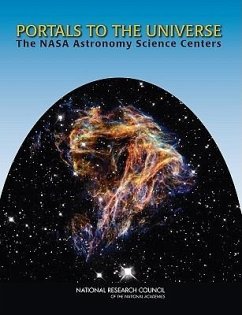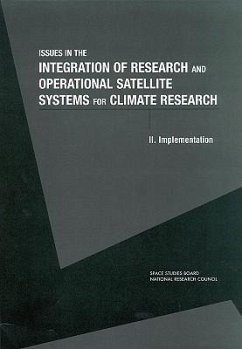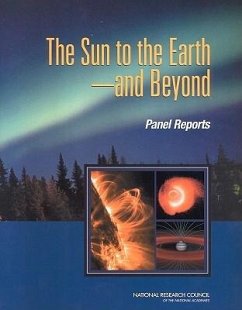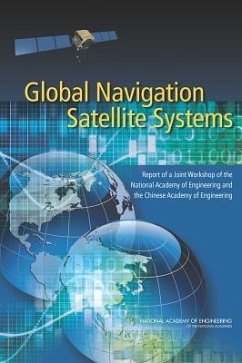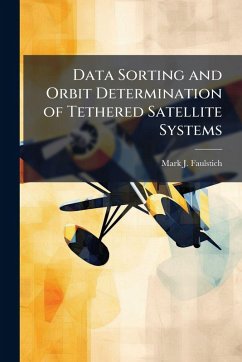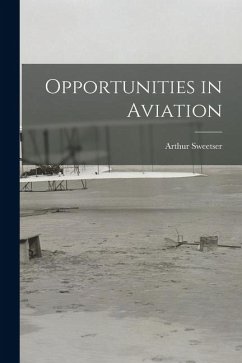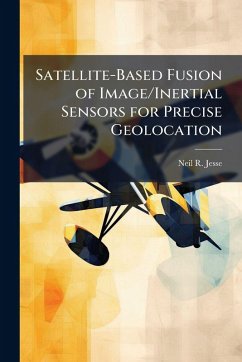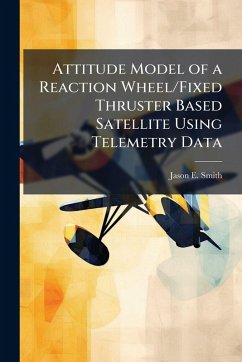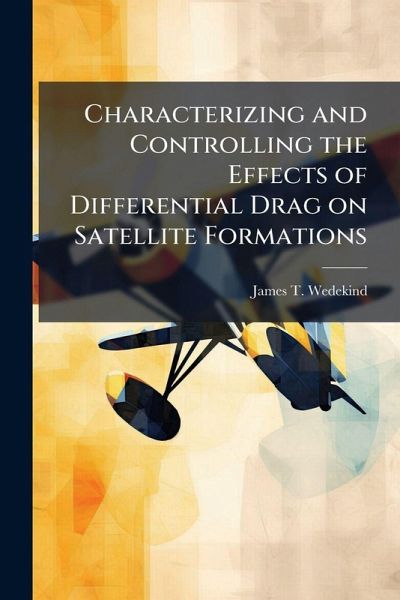
Characterizing and Controlling the Effects of Differential Drag on Satellite Formations

PAYBACK Punkte
9 °P sammeln!
The ability to fly satellites in close formations represents a capability that could revolutionize the way satellite missions are designed in the future. This study examines three of the primary formation flying designs and characterizes the affect that an anomalous satellite with a slightly different cross-sectional area would have on the stability of the formation. Following the characterization of the effects, a controller is implemented to mitigate the cross-sectional area differences between the satellites. With the addition of a straightforward controller, small cross-sectional area diff...
The ability to fly satellites in close formations represents a capability that could revolutionize the way satellite missions are designed in the future. This study examines three of the primary formation flying designs and characterizes the affect that an anomalous satellite with a slightly different cross-sectional area would have on the stability of the formation. Following the characterization of the effects, a controller is implemented to mitigate the cross-sectional area differences between the satellites. With the addition of a straightforward controller, small cross-sectional area differences can be mitigated and corrected such that the satellites will remain in close proximity and in some cases the formation will remain stable. This work has been selected by scholars as being culturally important, and is part of the knowledge base of civilization as we know it. This work was reproduced from the original artifact, and remains as true to the original work as possible. Therefore, you will see the original copyright references, library stamps (as most of these works have been housed in our most important libraries around the world), and other notations in the work. This work is in the public domain in the United States of America, and possibly other nations. Within the United States, you may freely copy and distribute this work, as no entity (individual or corporate) has a copyright on the body of the work. As a reproduction of a historical artifact, this work may contain missing or blurred pages, poor pictures, errant marks, etc. Scholars believe, and we concur, that this work is important enough to be preserved, reproduced, and made generally available to the public. We appreciate your support of the preservation process, and thank you for being an important part of keeping this knowledge alive and relevant.




